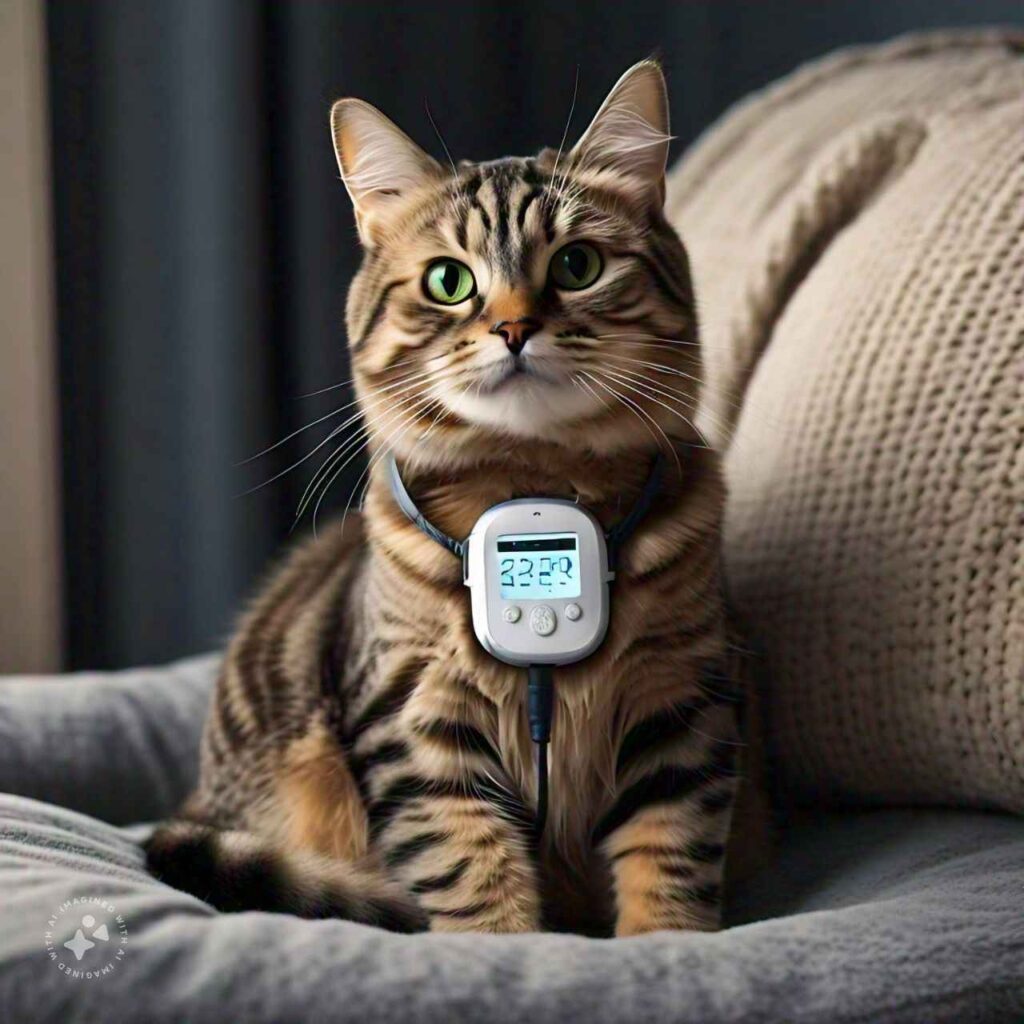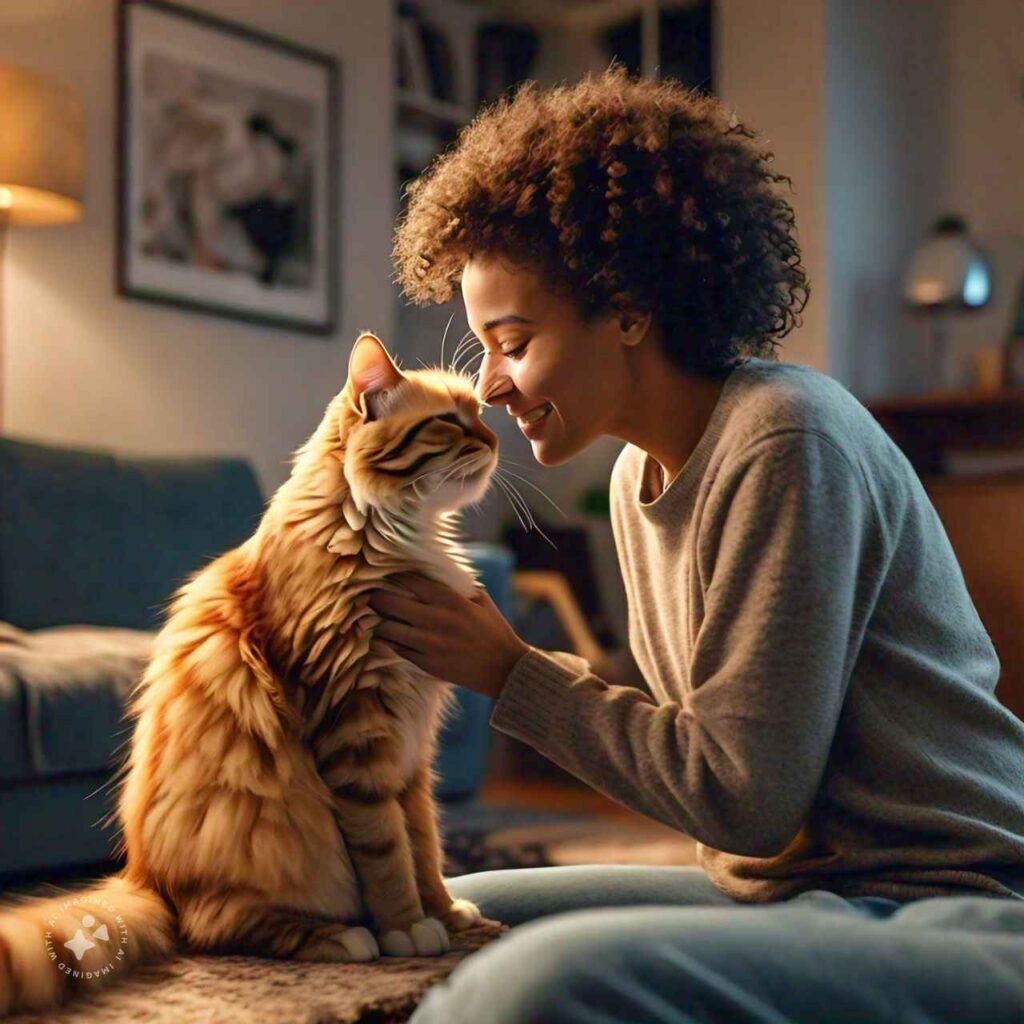When you’re planning a vacation, ensuring your cat’s care and comfort can make all the difference. This guide is designed to cover all aspects of vacation care for your cat, offering practical and detailed tips to keep them happy and secure.
1. Introduction
Importance of Cat Care During Vacations
Going on vacation can be stressful for pet owners, especially cat owners. Cats are known for their independence, but they also have routines and habits that provide them comfort. Understanding the balance between a cat’s independence and their need for care helps pet owners make informed decisions while planning for their absence.

When a cat is left without human interaction or care, even for just a few days, they can develop anxiety, stress, or even health issues. For example, sudden changes in diet, litter box maintenance, or lack of stimulation may lead to behavioral problems or physical issues such as urinary tract infections. By setting up a structured and supportive environment, you can reduce these risks and ensure your cat’s well-being.
Benefits of Planning for Cat Care During Absence:
- Minimizes separation anxiety.
- Prevents behavioral issues that can arise from boredom.
- Ensures health needs are consistently met.
- Provides peace of mind to both the pet owner and the cat.
Understanding Your Cat’s Needs While You’re Away
Cats require food, water, a clean litter box, and a comfortable environment daily. In addition, they thrive with mental stimulation and a predictable routine. When a cat’s regular life is disrupted, they can experience stress, which affects their behavior, appetite, and overall mood.
In this section, we’ll discuss specific needs that are crucial to meet while you’re away, ensuring your cat remains as close to their normal routine as possible. Whether you have a young, energetic kitten or a senior cat with health concerns, proper preparation is essential.
2. Planning Ahead: Preparing for Your Absence
Deciding Between a Cat Sitter and a Boarding Facility
Choosing between a cat sitter and a boarding facility depends on your cat’s personality and health requirements. Some cats are more adaptable to new environments, while others prefer staying in familiar spaces. Here’s how each option works and which might be best for different types of cats.
Cat Sitters
A cat sitter offers the advantage of allowing your pet to stay in their own home. This can be beneficial as it minimizes environmental changes, which can be a significant stressor. In-home care also maintains a sense of territory and routine, especially if the sitter can maintain consistent schedules.
Advantages of a Cat Sitter:
- Reduces stress by keeping the cat in a familiar environment.
- Lessens the chance of exposure to other animals (and potential illnesses).
- Allows for personalized care and attention.
Boarding Facilities
Boarding facilities may be more appropriate for cats that require regular medical attention or more structured care. These facilities often have staff available around the clock to monitor pets and ensure their needs are met.
Advantages of Boarding Facilities:
- Professional staff available for emergencies.
- Consistent access to supervision and care.
- Socialization with other cats, which may be beneficial for highly social cats.
Stocking Up on Supplies
Having an adequate supply of your cat’s favorite food, treats, litter, and any medication they require is crucial. A backup of supplies helps avoid any gaps in their care and keeps them comfortable, preventing the sitter from having to switch brands or routines unexpectedly.
Creating a Cat Care Plan
Detailing instructions for a cat sitter (or even boarding facility staff) helps establish clarity. Include feeding schedules, any special dietary restrictions, play preferences, and medical needs. Providing as much detail as possible helps ensure your cat receives consistent and personalized care in your absence.
3. Choosing the Right Cat Sitter
Qualifications to Look For
A cat sitter should have experience working with cats and references from previous clients. Look for a sitter who is attentive, responsible, and knowledgeable about cat behavior, as these qualities help ensure the sitter can handle different situations.

How to Introduce Your Cat to the Sitter
Introducing your cat to the sitter before you leave allows your pet to become accustomed to their scent and presence. Some cats may be shy or nervous around new people, so giving them time to adjust can be beneficial. You can encourage positive associations by having the sitter offer treats or engage in play.
Setting Up Schedules and Instructions
Consistency is key for cats. Create a written schedule that includes feeding times, litter box maintenance, and any medications. If your cat has specific habits, such as hiding or sleeping preferences, let the sitter know to avoid unnecessary stress.
4. Making Your Home Cat-Friendly
Safe and Comfortable Spaces for Your Cat
Cats feel secure when they have safe spaces where they can relax. Set up a cozy area with your cat’s bed, blankets, and toys. Ensure this space is in a quiet part of the house where your cat can retreat if they feel overwhelmed or anxious.
Interactive Toys and Activities to Prevent Boredom
Providing your cat with engaging toys helps prevent boredom and keeps them mentally stimulated. Toys that move or mimic prey can keep your cat entertained and prevent behavioral issues that may arise from lack of activity.
Preparing Food, Water, and Litter Arrangements
Automatic feeders and water dispensers are ideal for extended periods. Additionally, place litter boxes in convenient locations where they’re easily accessible and can be maintained without disturbing the cat’s routine.
5. Setting Up Remote Monitoring
Using Pet Cameras for Peace of Mind
A pet camera allows you to keep an eye on your cat from a distance, which can be reassuring. Some cameras have interactive features, allowing you to talk to your cat or even dispense treats.
Apps and Tools to Check on Your Cat While Away
Pet monitoring apps make it easy to check in on your cat and are particularly useful if you want to ensure their well-being while traveling. Many apps also allow you to save clips, so you can review any concerning behavior later.
6. What to Expect at a Cat Boarding Facility
Pros and Cons of Boarding vs. Home Care
Understanding the benefits and drawbacks of boarding vs. home care can help you make an informed decision. Each cat has unique preferences, and while some may thrive in a boarding facility, others may feel more at ease in their own home.

How to Choose a Reputable Boarding Facility
Check reviews and ask for recommendations from other pet owners. A reputable boarding facility should have a calm environment, experienced staff, and cleanliness standards. Visit the facility to observe how the staff interacts with cats and confirm the environment is suitable.
Preparing Your Cat for Boarding
Gradual preparation, such as introducing your cat to a carrier and bringing familiar items like their bed or blanket, can help ease the transition to a boarding environment.
7. Reducing Cat Anxiety During Your Absence
Tips for Minimizing Separation Anxiety
Separation anxiety is a common concern for cat owners. Establish a pre-trip routine that includes playtime, which can help ease the transition when you leave. Additionally, avoid making your departure a big event.
Comfort Items to Leave with Your Cat
Familiar items, such as blankets or worn clothing, can provide comfort to your cat in your absence. The familiar scent of these items helps reduce stress and offers a sense of security.
Feliway and Other Calming Solutions
Products like Feliway mimic natural calming pheromones that cats produce, which can help keep them relaxed. Speak with your vet about appropriate options for your pet.
8. Emergency Preparations
Key Contacts and Emergency Instructions for the Sitter
Include your contact information, your veterinarian’s details, and any emergency numbers in a document accessible to the sitter. This ensures they have the necessary information if a situation arises.
Preparing for Medical Emergencies
If your cat has any specific medical needs, create a list of symptoms or behaviors that the sitter should watch for. Make sure your sitter understands how to administer any required medication.
Importance of Microchipping and ID Tags
If your cat isn’t microchipped, it’s worth considering before you leave. A microchip provides an added layer of security, ensuring your cat can be identified if they ever get lost.
9. Returning Home: Reuniting with Your Cat
How to Help Your Cat Adjust After Your Return
Give your cat time to readjust when you come back. Offer gentle affection and let them come to you when they feel comfortable. Don’t overwhelm them, especially if they seem stressed.

Recognizing Signs of Stress or Anxiety
If your cat is displaying unusual behaviors like hiding, excessive grooming, or loss of appetite, these could be signs of stress. In such cases, give them space and gradually reintroduce routines.
Reinforcing Positive Routines
Please return to your regular routine as quickly as you can. Consistency provides comfort and helps your cat feel secure in their environment.
Difference between Cat Sitter and boarding facility
| Aspect of Cat Care | Cat Sitter | Boarding Facility |
|---|
| Environment | Cat stays in familiar home environment | Cat stays in a new, unfamiliar environment |
| Personalized Care | Customized care tailored to cat’s specific needs | Standardized care based on facility protocols |
| Stress Level | Generally lower stress due to familiar surroundings | Can cause stress for cats not accustomed to change |
| Supervision | Less frequent, dependent on sitter’s availability | Constant supervision by trained staff |
| Social Interaction | Limited to sitter; minimal exposure to other animals | Opportunity for socialization with other cats |
| Medical Attention | Depends on sitter’s experience and availability | Professional staff available for emergencies |
| Cost | Usually lower, depends on sitter’s rates | Generally higher due to facility overhead |
| Routine Maintenance | Maintains established routine | May disrupt routine due to facility’s schedule |
FAQs
Here are five questions and their concise answers based on the article about vacation care for cats:
1. Why is planning cat care important during vacations?
Planning cat care minimizes separation anxiety and prevents behavioral issues by maintaining a consistent routine, ensuring health needs are met, and providing peace of mind for both the owner and the cat.
2. What are the advantages of hiring a cat sitter?
A cat sitter allows your cat to remain in a familiar environment, reducing stress, offers personalized attention, and lessens the risk of exposure to illnesses from other animals.
3. What should be included in a cat care plan?
A cat care plan should detail feeding schedules, any special dietary restrictions, litter box maintenance, play preferences, and specific medical needs to ensure consistent and personalized care.
4. How can you reduce your cat’s anxiety while you are away?
To reduce anxiety, establish a pre-trip routine, provide comfort items like familiar blankets, and consider using calming products such as Feliway to help your cat feel secure.
5. What steps should be taken for emergency preparations?
Emergency preparations should include a document with key contacts, your veterinarian’s information, specific medical needs, and instructions for administering medication to ensure the sitter is well-informed
conclusion
In conclusion, ensuring your cat’s well-being during your vacation requires thoughtful planning and consideration. By understanding your cat’s needs, choosing the right care option, and preparing a detailed care plan, you can minimize their stress and anxiety while you’re away. Providing comfort items and maintaining routines will help your cat feel secure in your absence. Ultimately, with these proactive measures, you can enjoy your vacation with peace of mind, knowing that your feline companion is happy and cared for at home
